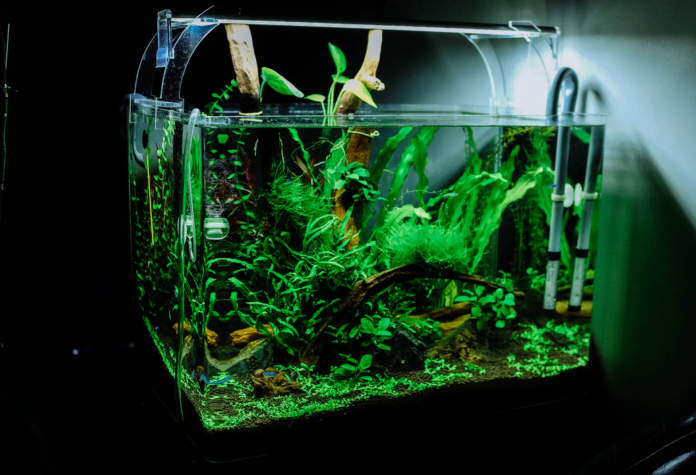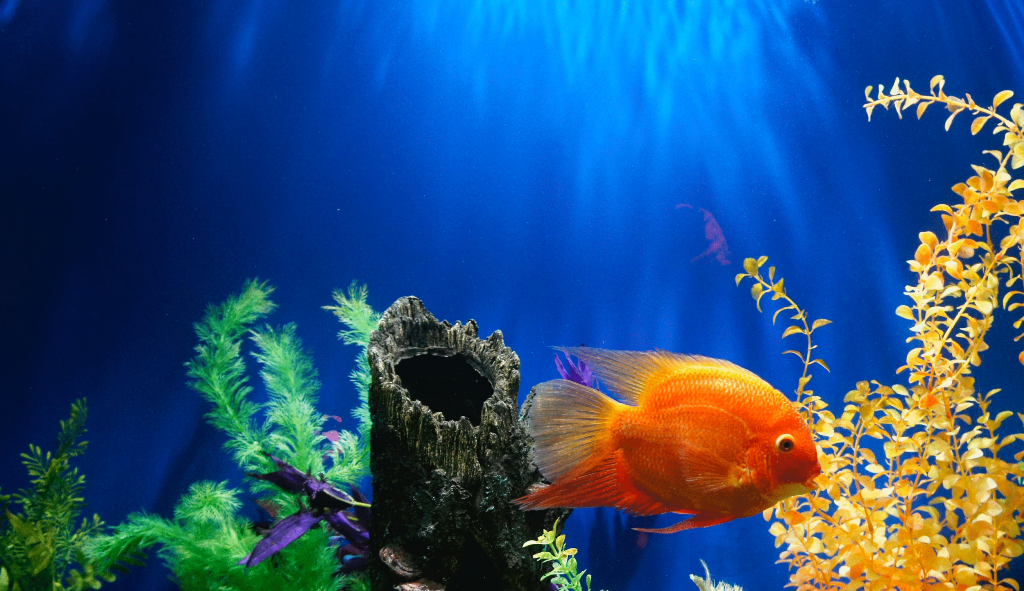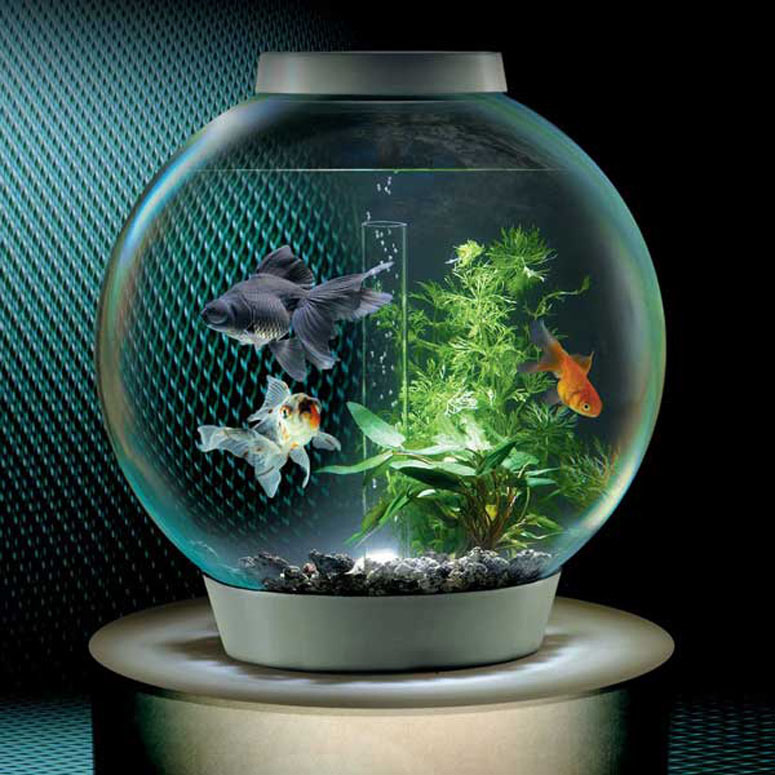Aquarium maintenance is essential for your fish to remain healthy and their water to stay clean. Without regular water purification, the amount of waste and food in the water will increase. If they increase too much, your fish will be irritated, and algae will likely grow in your aquarium. Depending on the type of aquarium you own, alkalinity, calcium, and magnesium should be present in specific amounts to improve your fish’s health and provide them with a suitable environment in which they can thrive. To Improve your aquarium maintenance skills, continue reading for 6 excellent tips.
1. Cycle the Aquarium
Before adding any fish to your aquarium, you need to cycle it first. Cycling your aquarium means that you have to let it complete a nitrogen cycle before adding in your fish. This is a very important thing to do because, without the nitrification process, your fish might die. This process encourages the growth of good bacteria that instantly kill the ammonia produced as a result of fish waste. If ammonia builds up in your aquarium, it can reach deadly levels.
When the bacteria fight off ammonia, they produce nitrite, which is also a toxic chemical. However, aquarium cycling produces another type of good bacteria that feed on nitrite. When nitrate levels are reduced, nitrates are produced. Although nitrates are moderately harmless to your fish, they can become toxic if they build up. This can be avoided by changing your aquarium’s water regularly. The cycling process can take a while, so make sure to purchase the aquarium before the fish. Do not cycle your aquarium after you add the fish in because it is extremely harmful and can potentially kill them.
2. Tracking Water Variables
To ensure that the water is safe for your fish, you should purchase a water testing kit. Water testing kits will monitor your aquarium’s pH, as well as the levels of nitrates, ammonia, and nitrites in the water. It is recommended that you test your water weekly to make sure that harmful compounds are not building up. Since some fish are harder to care for, you should seek expert care from dedicated aquarists to learn about the ideal survival conditions for your fish. You can also follow the instructions that come with your water testing kit to keep the levels at a healthy range.
pH is an important variable to monitor because, at a high pH level, toxic chemicals like ammonia can become even more dangerous. Although fish can adjust to different levels of pH that are not too far from the preferred range, constant fluctuation could kill them. The ideal pH levels are between 6 and 8. Even though it is not as harmful as ammonia, nitrite should still be undetectable in aquarium water because even at a level as low as 0.5ppm, it can still be very aggravating to your fish. If the nitrite level exceeds 10-20ppm, your fish might die because nitrite hinders the fish’s oxygen metabolism, consequently destroying their hemoglobin. The main cause of algae growth is the presence of high nitrate levels in the aquarium. In return, high nitrate levels will force your fish’s organs to work harder to adjust to the environment, hindering their ability to reproduce, fight illness, and heal.
3. Change the Water Regularly
Many products can keep the water parameters within a healthy range. However, it is still important to change the water regularly. Adding too many chemicals to your aquarium may end up being counterproductive. Besides, you will need to change the water at some point because the water variables will be harder to control as more harmful chemicals continue to build up. Regularly changing the fish tank water is essential to maintain a healthy environment for your fish.
Every week, you should remove about one-third of your aquarium water and replace it with clean and fresh water. Before you add the water in, you should neutralize it with a water conditioner since tap water contains chlorine and ammonia. While you are doing your weekly water change, you should check the filter cartridges too. Rinse them thoroughly if needed, and change them every month. To remove the debris from the bottom of the aquarium, learn to vacuum the gravel weekly.
4. Do Your Research
It is really important to do your research on the different types of fish before purchasing any. Do not buy a fish just because it looks pretty; this is one of the biggest mistakes you can make. To decide how to buy your fish, you should first learn about its temperament and how large it will grow. Based on that, you should learn about the types of fish that it can get along with. Even if your fish is not aggressive, to begin with, it can still be incompatible with other types of fish.
Overpopulating your aquarium is also a horrible idea. When your fish tank becomes very crowded, your fish can become really stressed and develop aggressive tendencies. Moreover, overpopulated fish tanks, or aquariums, can increase the risk of illness and disease and can create a very harmful environment for your fish. To know the amount of fish that you can safely keep in your tank, you need to make sure that each of them will have enough space to grow and move around and to also keep their other needs in mind.
5. Do Not Overfeed Your Fish
Many fish become ill and even die as a result of being overfed. Food remainders will also make your aquarium dirty and will cause many harmful chemicals to form when it decays. This can cause pest snails and algae outbreaks. As long as you make sure that each fish in your aquarium has a suitable food item, providing food once a day should be sufficient. Some people also make their fish fast for a day or two a week so that the digestive system of the fish is cleared.
6. Light up the Aquarium
Illuminating the aquarium can be tricky because algae can grow in the light. When placing your aquarium, keep it away from sunlight. You should keep the lights of your aquarium on for a maximum of 12 hours a day. However, it is recommended that you turn it off when you get the chance.
How you maintain your aquarium greatly affects the wellbeing of your fish. Even the most seemingly insignificant changes in the aquarium’s environment can have a lethal impact on your fish in the long run. This is why you should keep the above 6 tips in mind to maintain your aquarium properly and give your colorful fish the perfect habitat to thrive.




















